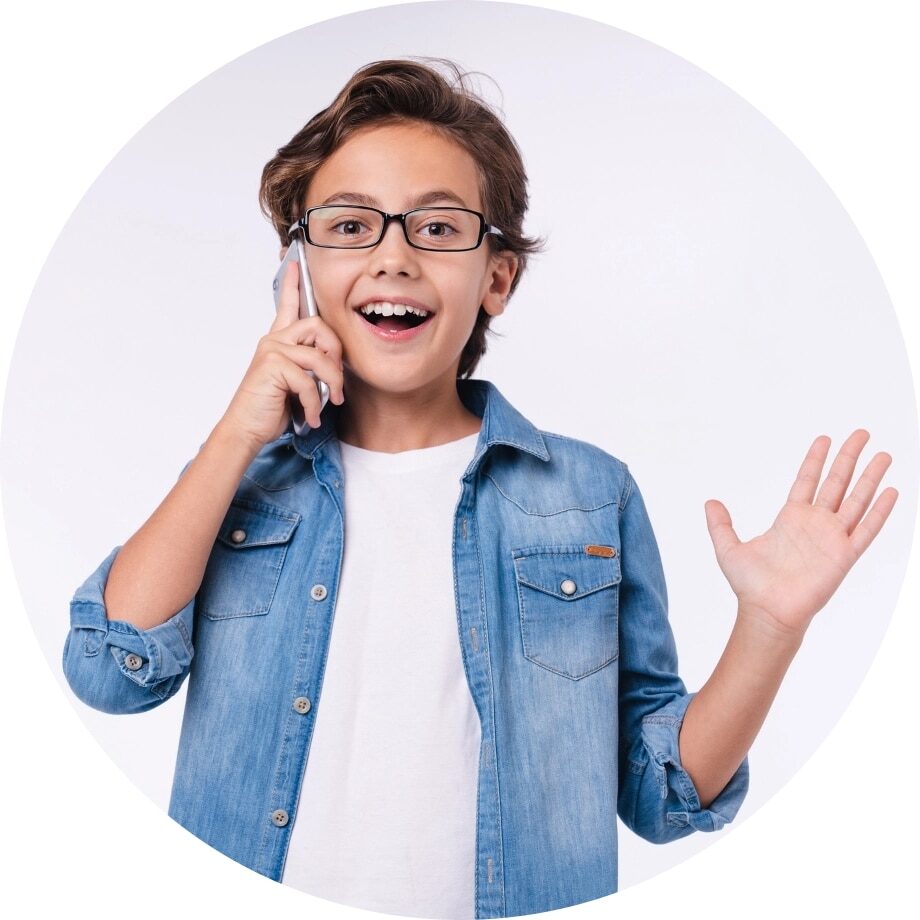
Halloween is a great time for families to celebrate the fall season, and get to know your community through local festivals and trick-or-treating. But, how long have we been celebrating Halloween, and what does the holiday represent? Below, we’ll tell you about the original traditions associated with this festive holiday.
A Look at Old Ireland
Halloween is over 2000 years old and originates in Celtic Ireland with the Festival of Samhain. The Festival of Samhain celebrates the incoming Celtic New Year, which begins on November 1st. The festival honored deceased ancestors and celebrated the end of the harvest. The ancient Celts believed that the bridge between seasons (between October 31st and November 1st, by their calendars) was also a bridge to the world of the dead, and they used this time to honor their deceased ancestors by holding rituals that celebrated life and death.
Early America
As European and Native American groups began coming together, early forms of Halloween were celebrated as “play parties,” public events held to celebrate the harvest. During play parties, neighbors would gather to tell stories of the dead (ghost stories), dance, sing and get into some good old-fashioned mischief (tricks!).
Modern American Halloween
By the late 1800’s, newspapers and community leaders urged Americans to focus less on tricks and ghosts, and emphasize being neighborly and communal. Because of these efforts, modern Halloween began to break away from the traditions associated with the Festival of Samhain.
Between the 1920’s and 1950’s, trick-or-treating became more popular and was widely encouraged in neighborhoods and classrooms across America. Trick-or-treating was seen as an inexpensive way for the entire town to celebrate the holiday, and engage the community.
Trick – Or – Treat?
Early trick-or-treating was done when poor citizens would beg for food and offer prayers for the ancestors of a charitable passerby. People began passing out “soul cakes” to the beggars, named after the souls for which the beggar would pray. Later, children adopted the practice by going door-to-door and soliciting food, ale and treats in exchange for prayers. The traveling solicitation was called “going a-souling” by participating children.
Wide scale acceptance and practice of trick-or-treating was not a part of the American mainstream until the early 20th century.
Today’s Spooky Celebration
Now, Americans spend just over 6 billion dollars each year on Halloween, making it the second largest commercial holiday in the United States. Additionally, one quarter of all candy sold in the United States is sold at Halloween, and costs about 3 billion dollars.
Have a Happy Halloween!
We would like to wish all of our patients and their families a happy and safe Halloween. If you are passing candy out this year, consider sharing some mouth-healthy treats with your neighborhood children like dark chocolate and sugar free lollipops.



